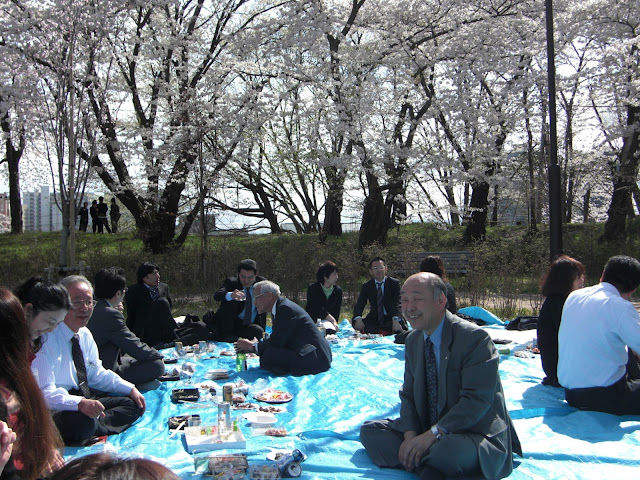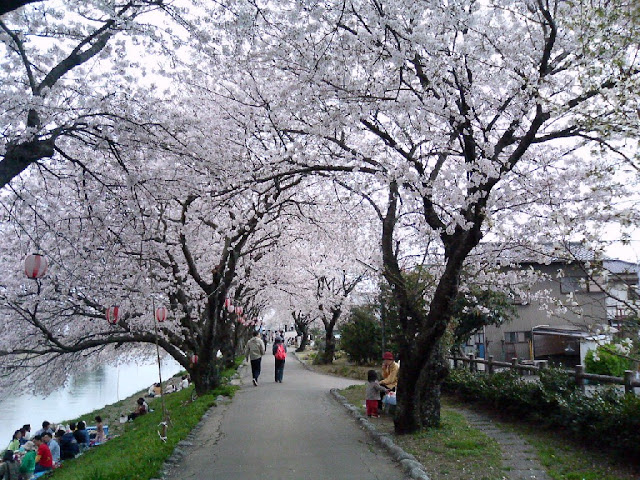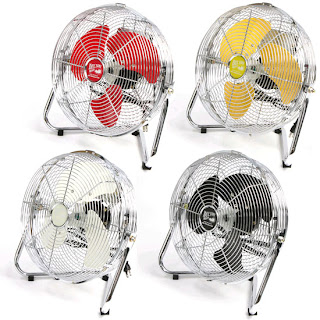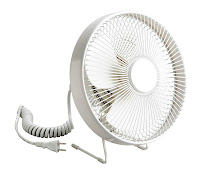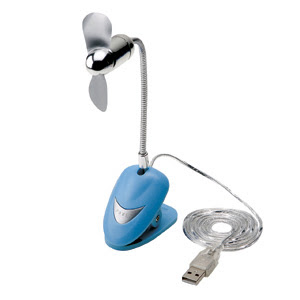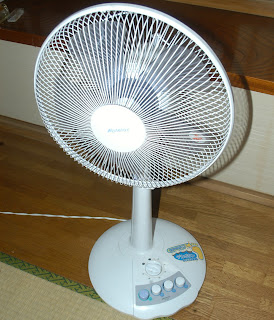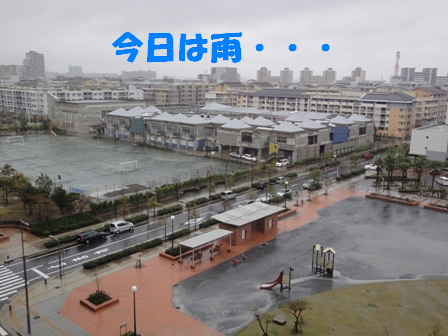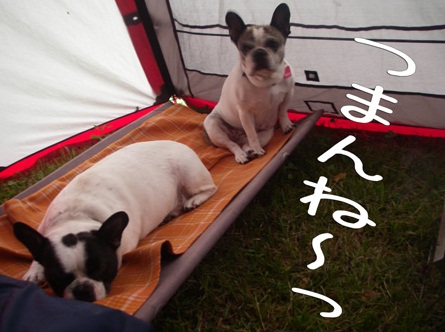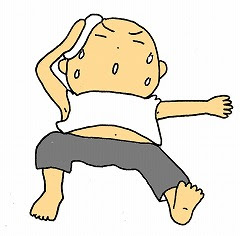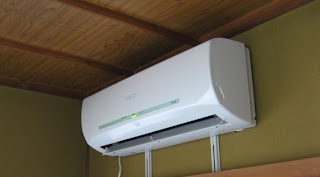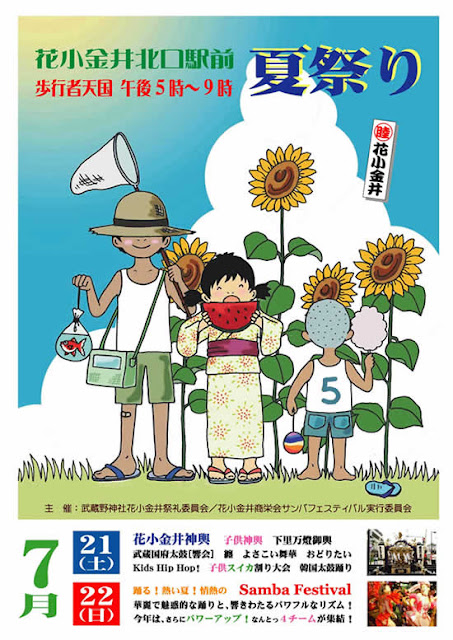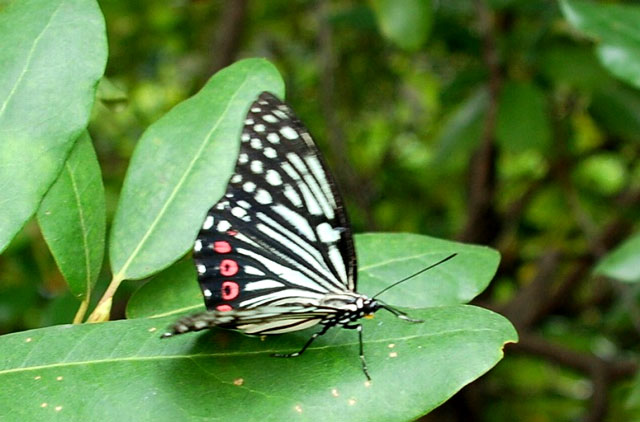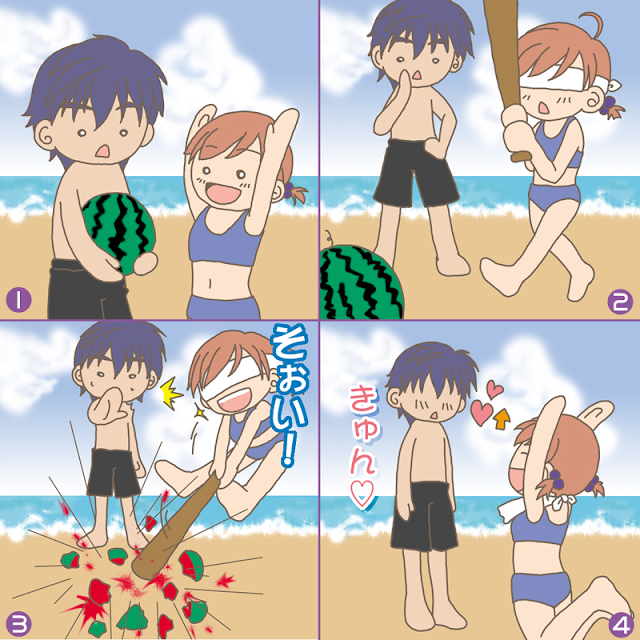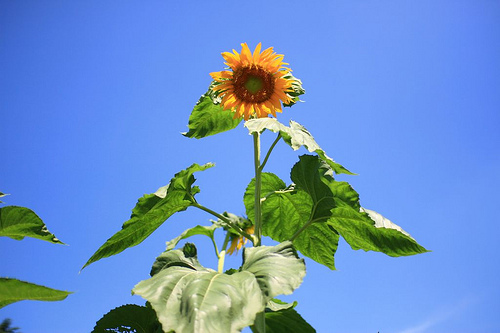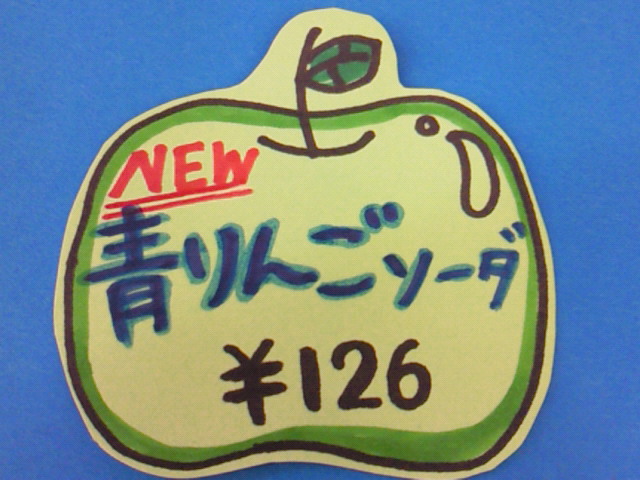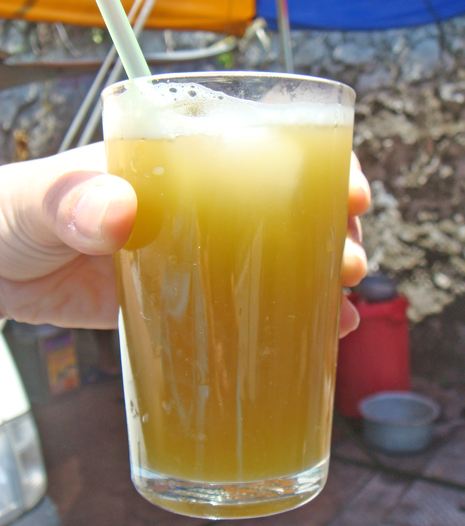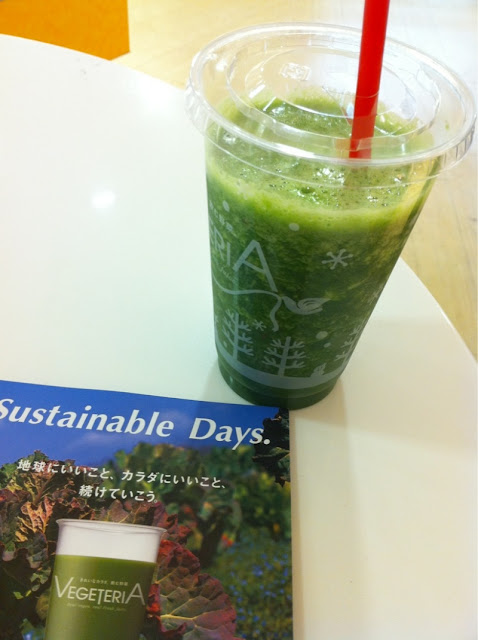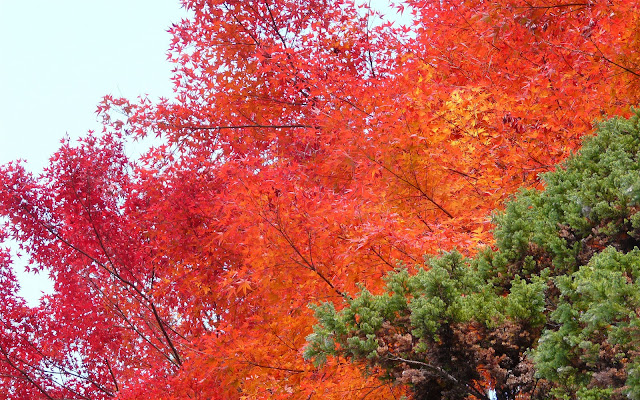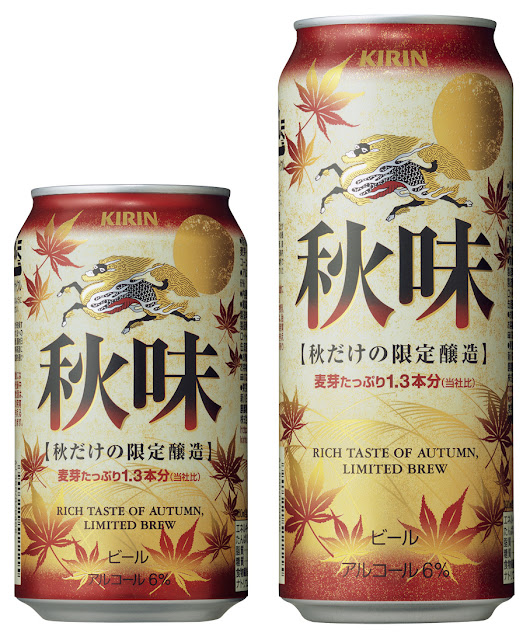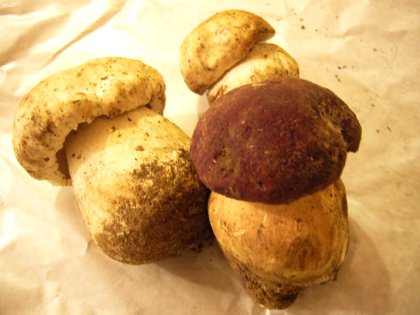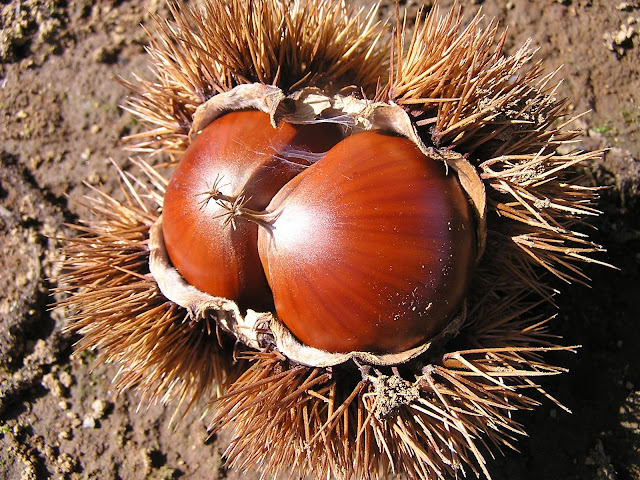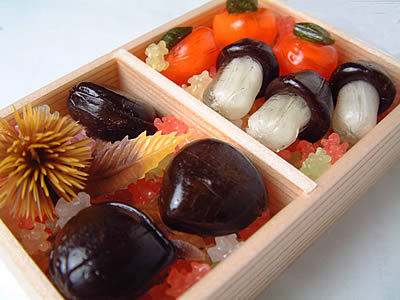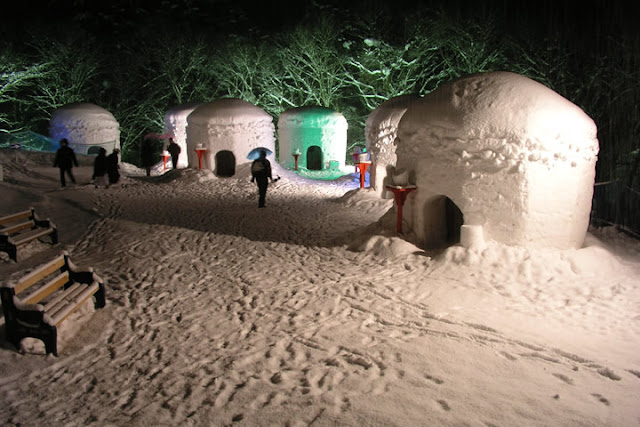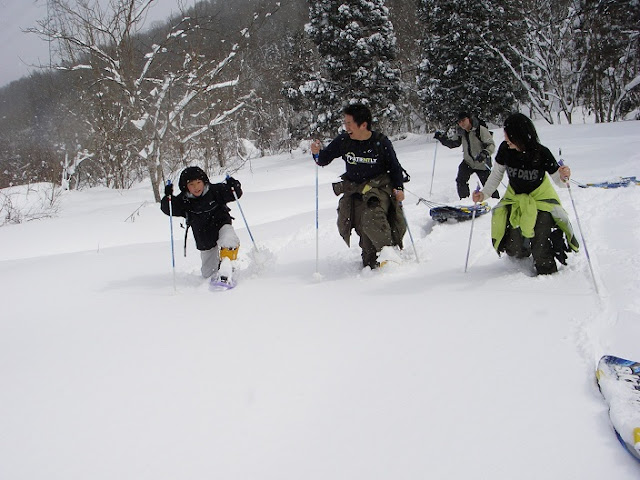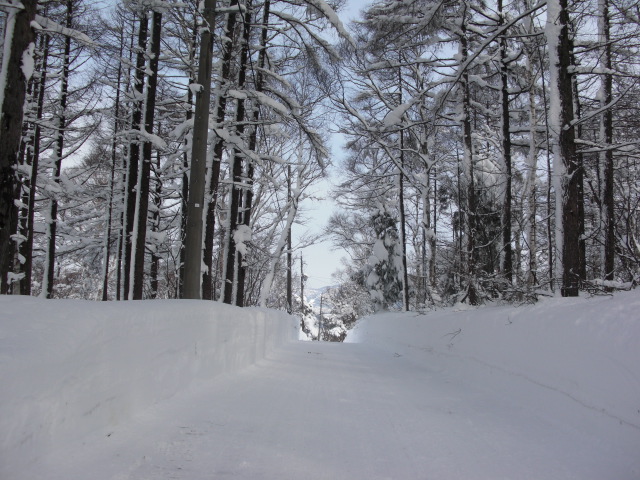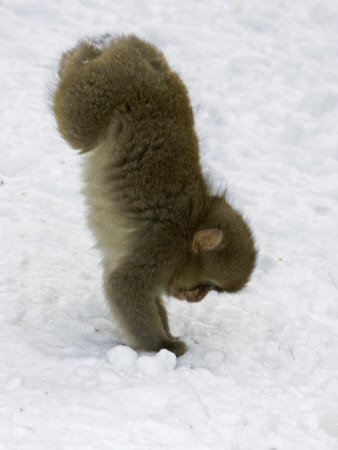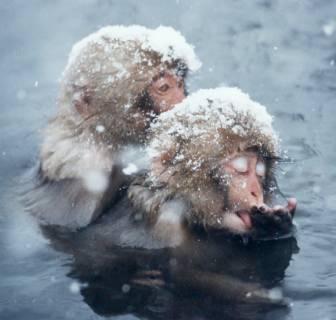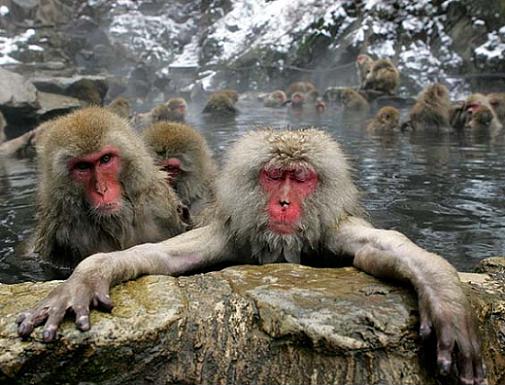Japan has five seasons; they are:

 haru
haruspring
はなが さいています。
The flowers are blooming.
さくらの はなも さいています。
The cherryblossom trees are also flowering.
はなみの きせつです。
It is the season of cherry blossom viewing.
花見 はなみ cherry blossom viewing
 cool
cool
 warm
warm
はるには よるは すずしいです。
In spring the evenings are cool.
はるには ひるは あたたかいです。
In spring the days are warm.
にほんの さくらは
とても きれいで、ゆうめいです。
The cherry trees in Japan
are very beautiful and famous.

こどもは にわで あそんでいます。The children are playing in the garden.
tsuyu monsoon – rainy season
The rainy season is during the month of June. It rains virtually every day of the month. Of course, one should remember that although the rain may be unpleasant for the people in the cities and the towns, the rain is essential for the farmers and the people who plant the rice. Without water the rice cannot grow.
The kanji for monsoon rain means literally: plum rain. Very poetic.
今日は 雨 きょうは あめ rain today…
まいにち あめが ふります。
Every day it rains.
I should have gone to the supermarket two weeks ago…
The Japanese call this ‘curtain of rain’
ザーザー 雨 or ざーざー あめ
かぜが ふきます。
The wind blows.
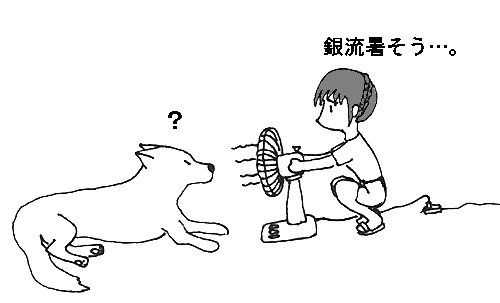
It’s that time of the year again…
 BO~~~ring!
BO~~~ring!

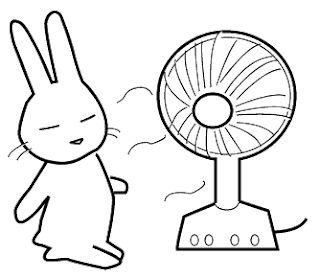
おこめの きせつです。
It is the season of rice.
お米 おこめ rice

雨 あめ rain
つゆには まいにち あめが ふります。
In the monsoon season it rains everyday.
 muggy
muggy
つゆには よるは すずしいです。
In the monsoon season the evenings are cool.
つゆには ひるは むしあついです。
In the monsoon season the days are muggy.
You so need… (well, if you’re not a greenie…)
扇風機 せんぷうき fan
and more and more people have
エアコン えあこん air-con(ditioning)
and while it’s raining outside, maybe use some d(r)ipping sauce inside? ハハ!
まだ です? Not yet?

 natsu
natsusummer
 hot
hot
A great time for outdoor community festivities and parties!
花火 はなび fireworks
祭り まつり festivals
After work people can go and do:
ハイキング はいきんぐ hiking
海 うみ sea – beach
ラフティング らふてぃんぐ rafting
山登り やまのぼり mountain climbing
サイクリング さいくりんぐ cycling
うみで およいだりします
swimming at the beach etc.
ことり birds
自然 しぜん nature
ちょうちょ butterflies
なつかしい nostalgic
 hot
hot
ひまわり sunflower
 cold (to touch)
cold (to touch)
つめたい レモネード cold lemonade
つめたい サッポロ cold sapporo
yes, Kirin makes great beer too, as does Asahi! Oh, well, put them all in:
つめたい あおりんご ソーダ cold green apple soda
It’s interesting to know that ‘green apples’ in Japan are actually called ‘blue apples’! The kanji reads ‘blue’, but the outline of the apple is green. weird or what?
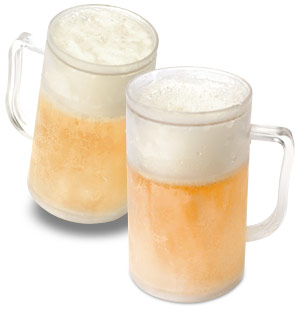
つめたい ビール cold beer
つめたい ジュース cold juice
つめたい のみもの cold drink
つめたい チーズケーキ cold cheesecake
つめたい パフェ cold parfait
つめたい アイスクリーム cold icecream
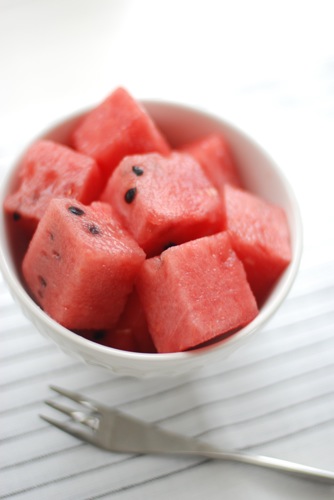
つめたい すいか cold watermelon
 すき! I like cold!
すき! I like cold!

 aki
akiautumn – fall
もみじ maples
nothing more beautiful than a Japanese autumn
with all its stunning maple trees! a living painting!
絵 え a picture
秋 the kanji for ‘autumn’ shows the ‘fire’ in the tree
コスモス こすもす cosmos
the end of the cosmos season

かき persimmon
きのこ Japanese mushrooms
くり chestnuts
あきの おべんとう autumn lunchbox

あきの くだものの ドリンク autumn fruit drink
the changing of the moon
つき
the last colours of the season
the season of the chrysanthemum
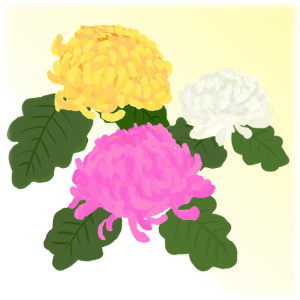 菊 きく
菊 きく
the season of the camellia
 cool
cool
 fuyu
fuyuwinter
 cold (feeling)
cold (feeling)
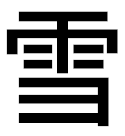 ゆき snow
ゆき snow

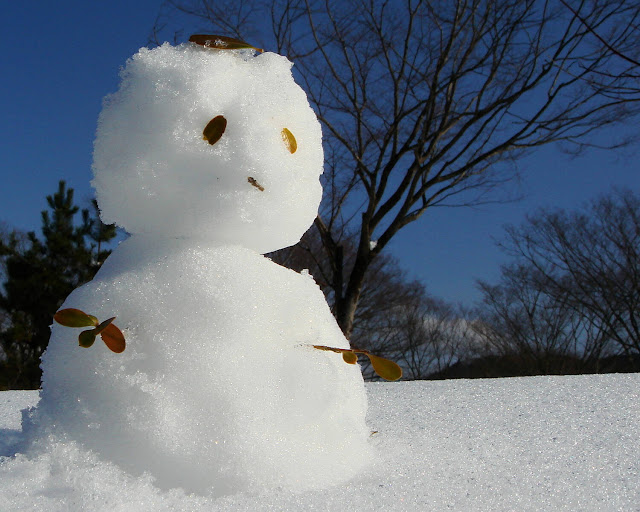
ゆきだるま snowman
かまくら snow hut
particularly in Hokkaido and northern Honshu the winters are long;
daylight is only a few hours and the nights are long and cold.
but then there is skiing! Yeah! 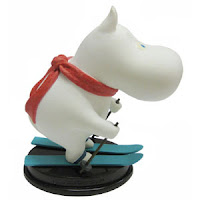
スキースクール skiing school
スキー skiing
クロスカントリースキー cross-country skiing
しゃしんを とります take photos
so beautiful to look at
not so beautiful, if you need to go to the supermarket and the post office and you
need to change a flat tyre and you lost your mittens and the wind blows and …
And then there are the monkeys…
look, Mum! a flea!
now, come here and pay attention, boy!
soo annoying, those young ones! next, they’ll bring i-pods!
yes, it’s cleared up nicely…
cold feet
I know… I know… such a disappointment.
I’m not sharing my tub with her!
well… then don’t talk.
It was only a joke… just let it go, mate
But then spring comes
and it starts all over again
The sign reads “Aomori City”












































































































